Colorado potato beetle - children collected and sold this pest in Poland 🧑🧒
Today, some photos about the Colorado potato beetle and some interesting information that my grandfather once told me about it. It is a pest from North America that appeared in Poland in the 1940s. Its invasion resulted from the spread by transport and changing climate. Although people from old villages often said that it was released on purpose to weaken the crops and prosperity of Polish villages.
Dzisiaj trochę zdjęć o stonce ziemniaczanej i kilka ciekawych informacji, jakie kiedyś mi o niej opowiadał dziadek. Jest to szkodnik pochodzący z Ameryki Północnej, który pojawił się w Polsce w latach czterdziestych. Jej inwazja wynikała z rozprzestrzenienia się przez transport i zmieniający się klimat. Chociaż często ludzie dawnych wsi mówili, że została celowo wypuszczona, żeby osłabić plony i dobrobyt polskich wsi.
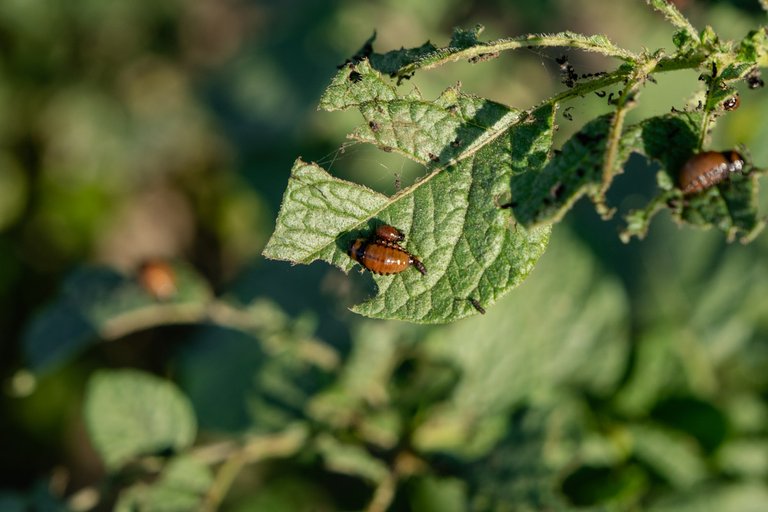
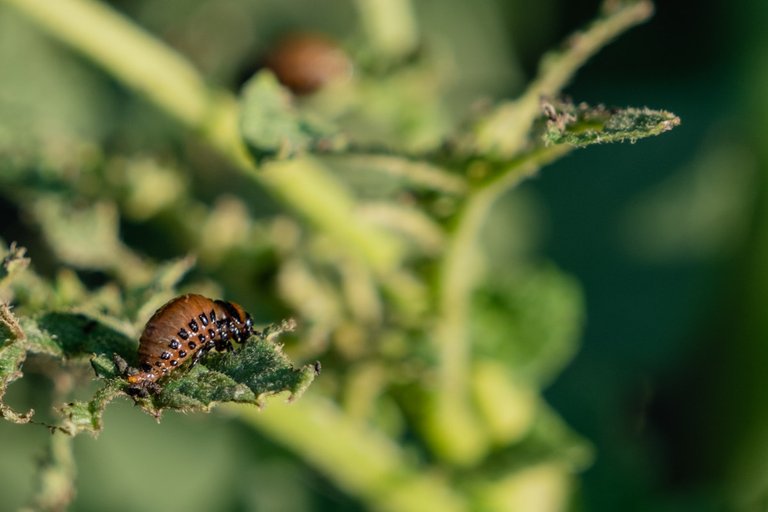
The Colorado potato beetle feeds on potato leaves, causing large losses in crops, the larvae eat the leaves, weakening the plant's ability to photosynthesize. They are really very voracious, if someone leaves them in the field, they can quickly ruin the crops. They eat green leaves immediately and the potato crops decrease significantly, the tuber in the ground grows less impressively or stops growing altogether.
Stonka żeruje na liściach ziemniaków, powodując duże straty w plonach, larwy zjadają liście, osłabiając zdolność rośliny do fotosyntezy. Są naprawdę bardzo żarłoczne, jeżeli ktoś je pozostawi na polu to szybko potrafią zrujnować plony. Momentalnie zjadają zielone liście i uprawy ziemniaka znacząco maleją, bulwa w ziemi rośnie mniej okazale lub całkowicie przestaje rosnąć.
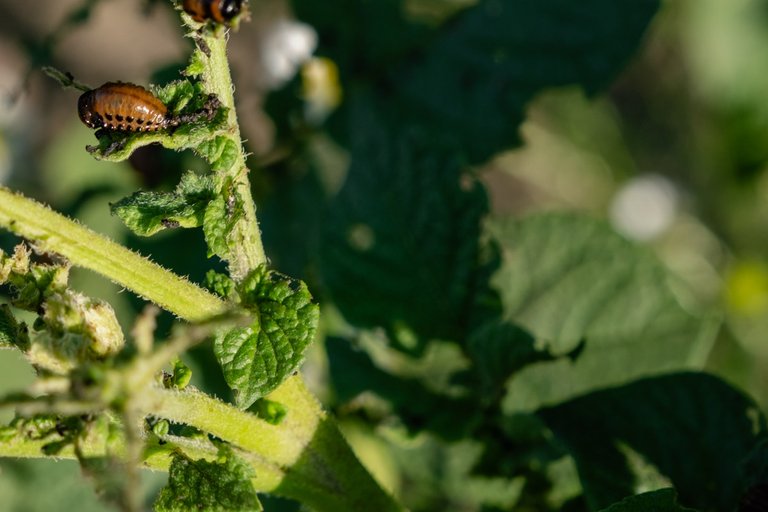
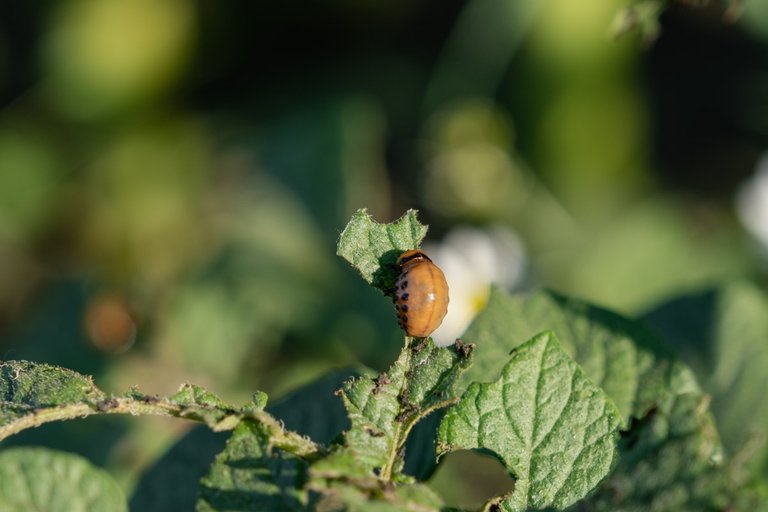
This insect goes through four stages of development: egg, larva, pupa and adult, and in Poland there can be two generations per year, with the larvae being the most harmful, which is what you see in the photos. The Colorado potato beetle is known for its adaptability and developing resistance to chemical insecticides, so after a few years the same plant protection products are no longer effective in a given field.
Owad ten przechodzi cztery stadia rozwoju: jajo, larwa, poczwarka i dorosły osobnik, a w Polsce mogą wystąpić dwa pokolenia rocznie, przy czym larwy są najbardziej szkodliwe, właśnie je widzicie na zdjęciach. Stonka ziemniaczana jest znana ze zdolności adaptacyjnych i rozwijania odporności na chemiczne środki owadobójcze, więc po kilku latach już te same środki ochrony roślin nie są skuteczne na danym polu.
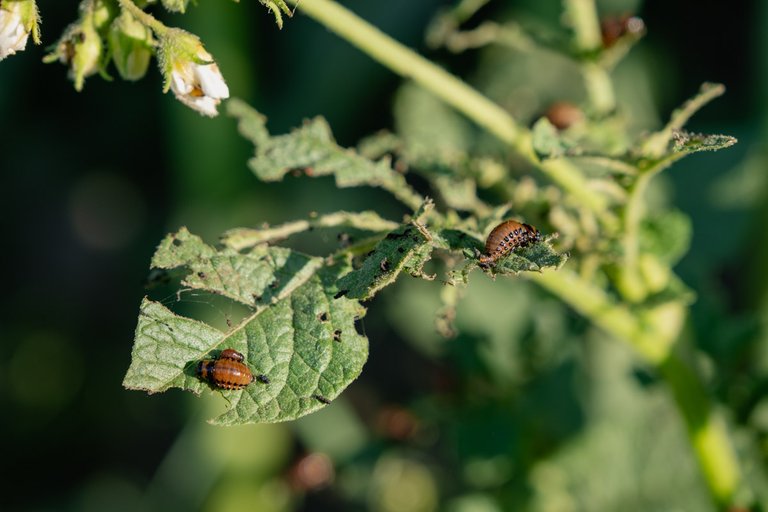
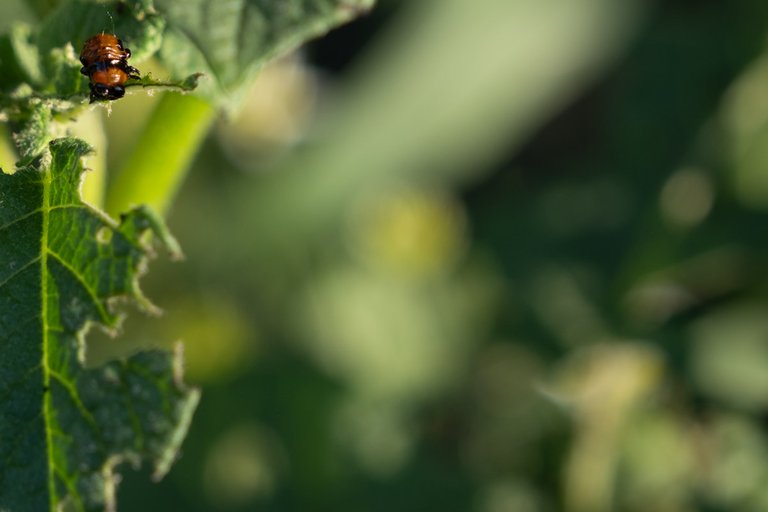
Adults overwinter in the soil, which allows them to survive frosts and start a new life cycle in the spring, so farmers often do not want to plant potatoes in the same field the following year, most often eco farmers do this (so as not to use very aggressive spraying). The Colorado potato beetle also has natural enemies (which are unfortunately becoming fewer and fewer), e.g. predatory beetles and birds, as well as parasitic fungi.
Dorosłe osobniki zimują w glebie, co pozwala im przetrwać mrozy i na wiosnę rozpocząć nowy cykl życia, więc często rolnicy w kolejnym roku na tym samym polu nie chcą sadzić ziemniaków, najczęściej tak robią eko rolnicy (żeby nie stosować bardzo agresywnych oprysków). Stonka ma też naturalnych wrogów (których niestety jest coraz mniej) np. drapieżne chrząszcze i ptaki, a także pasożytnicze grzyby.
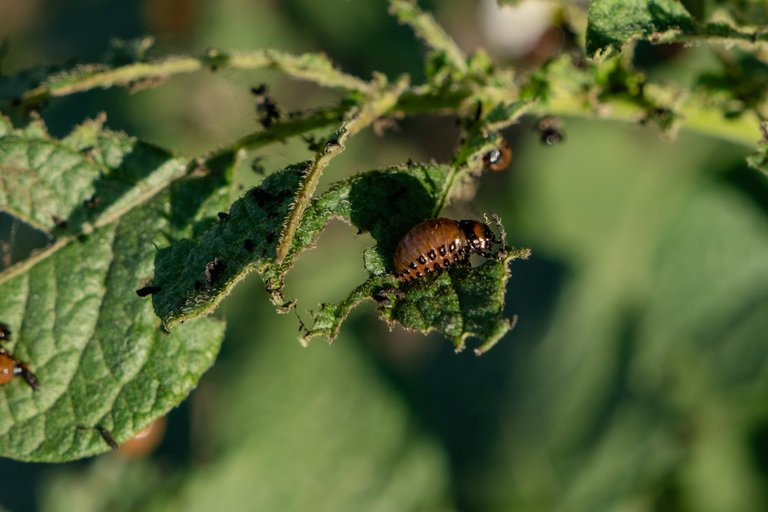
My grandfather told me that in the early years of the appearance of the Colorado potato beetle in Poland, campaigns were organized to collect and purchase this pest in villages. This was one of the methods of combating the Colorado potato beetle, because chemistry was not very popular in poor Polish villages at that time. Most often, younger villagers were involved in manual collection of Colorado potato beetles, and a fee was paid for each amount of Colorado potato beetles collected; in many places there were special Colorado potato beetle purchases. They wanted to eliminate this pest, which did not work in Poland; the Colorado potato beetle is doing very well :)
Dziadek opowiadał mi, że w początkowych latach pojawienia się stonki ziemniaczanej w Polsce organizowano akcje zbierania i skupowania tego szkodnika na wsiach. Była to jedna z metod zwalczania stonki, ponieważ chemia na biednych polskich wsiach była w tym czasie mało popularna. Najczęściej młodsi mieszkańcy wsi byli zaangażowani w ręczne zbieranie stonki, a za każdą zebraną ilość stonki wypłacano zapłatę, w wielu miejscowościach były specjalne skupy stonki. Chciano wyeliminować tego szkodnika, co się w Polsce nie udało, stonka ma się bardzo dobrze :)
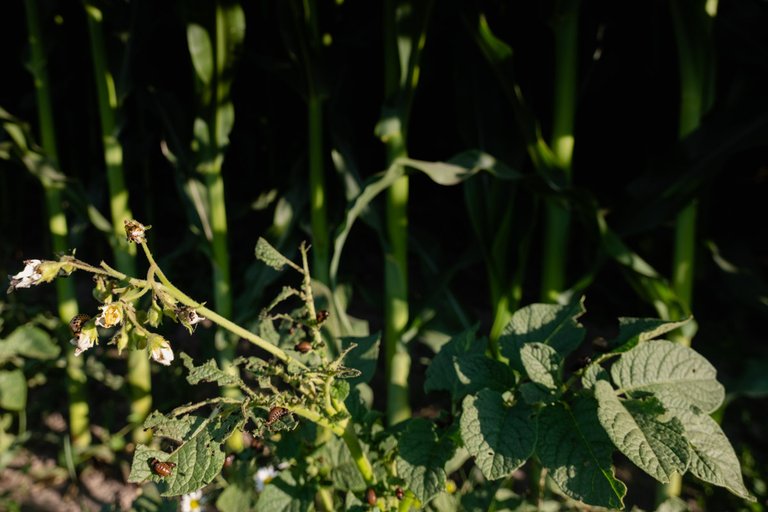
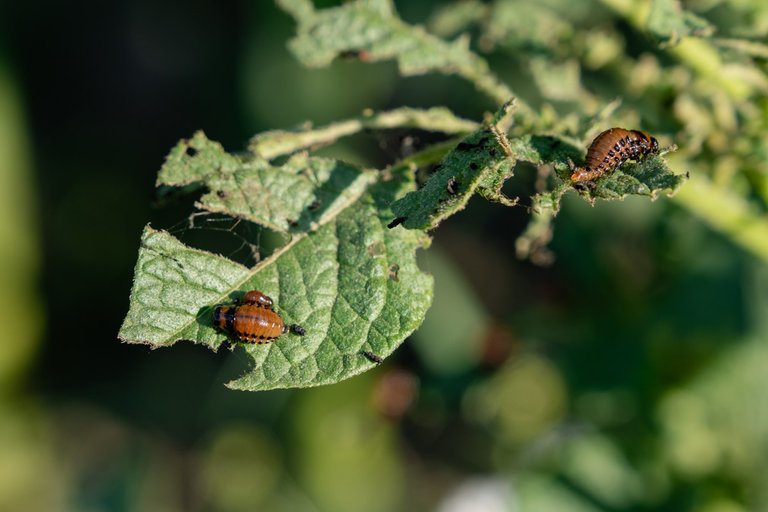

Greetings, please read the community rules. We are no longer receiving posts here! This one will not be silenced, but the next one should be in the new community. Thank you.